Over beers in an Auckland bar it must have sounded like a novel way to celebrate his big five-oh: take one motorised rickshaw and a couple of mates and drive 750 miles through the Himalayas.
However, one night last June, at well over 16,000 feet and with temperatures below freezing, John Stokes had time to reflect on what was quickly morphing from a bit of a laugh to a quite literal mid-life crisis.
“Things were looking bleak and we were worried we weren’t going to survive,” he says. “The higher we climbed, the slower the rickshaw went in the thinning air, until it was doing 10mph at most.
“We’d totally miss-timed the day’s drive. We were four hours behind schedule in the pitch dark in a rickshaw with nothing but a fabric roof for protection, crawling along a rough, twisting Himalayan track with vertical drops on each side and rivers of snow melt crossing our path.”
In fairness to The Adventurists, the Bristol-based organisers of the Rickshaw Run Himalaya, which, each June, runs from Leh to Shimla and then back again the following September, the company’s website made clear just what Stokes was signing up to.

It states: ‘You are driving a very unsuitable vehicle on very bad roads in a very remote part of the world. These are genuinely dangerous things to do. Individuals who have taken part in past adventures have been permanently disfigured, seriously disabled and even lost their life. This is not a glorified holiday.’
The Adventurists was founded in 2007 with the aim of giving what the company calls ‘extreme escapade-loving travellers’ something rather more than a backpacking trip around Thailand. Adventures have included driving tuk-tuks across India, Nissan Micras to Outer Mongolia and monkey bikes over the Sahara.

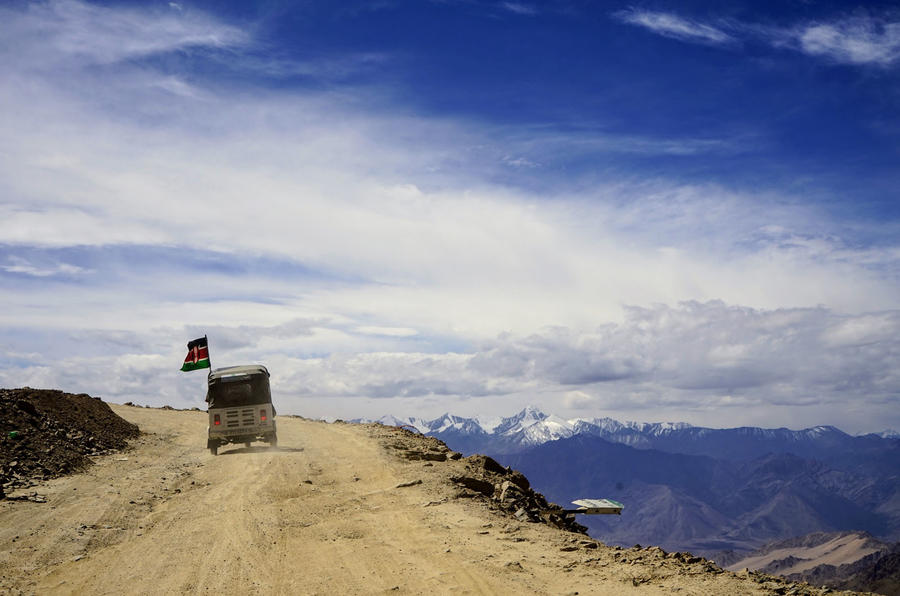
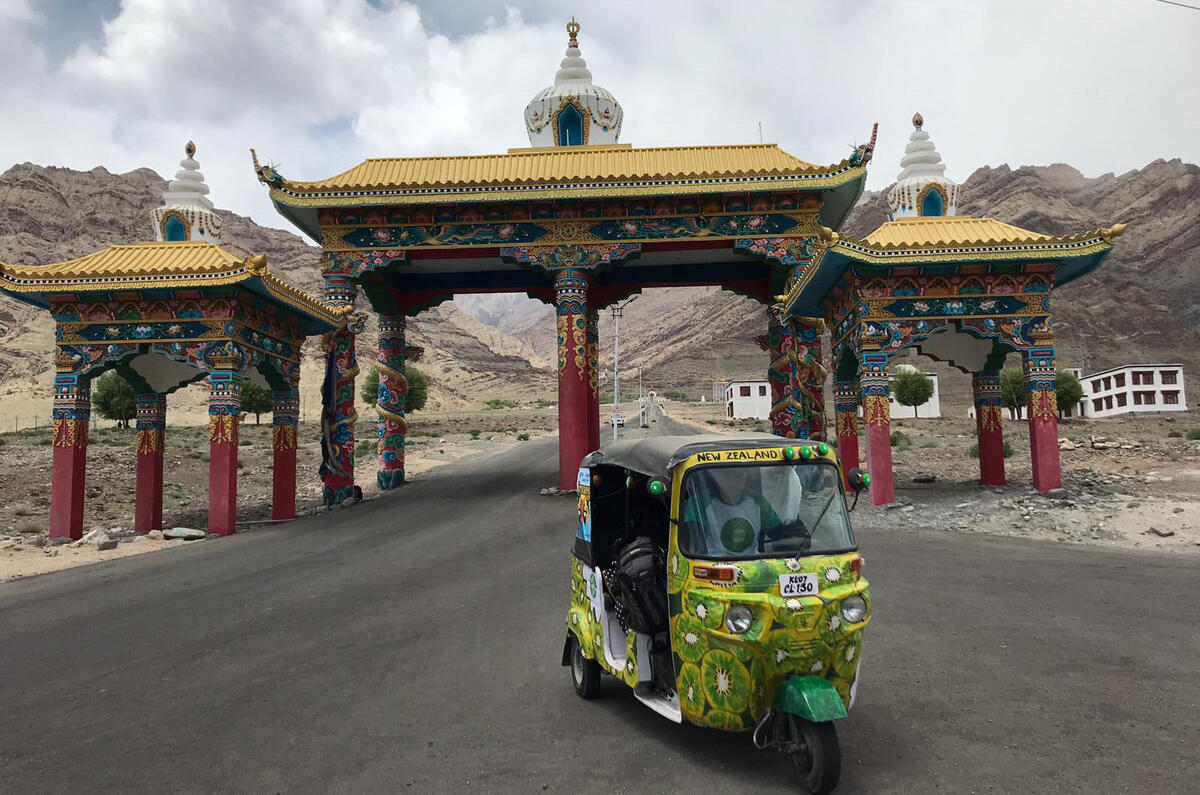
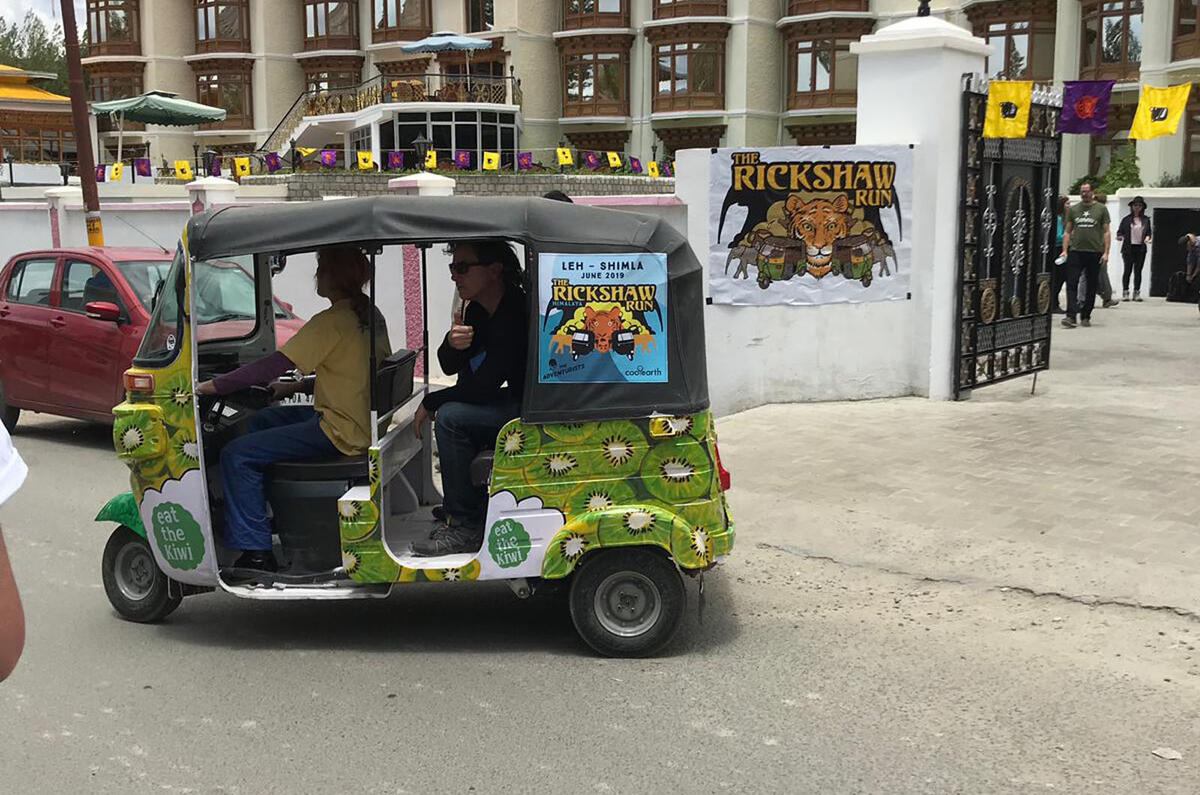

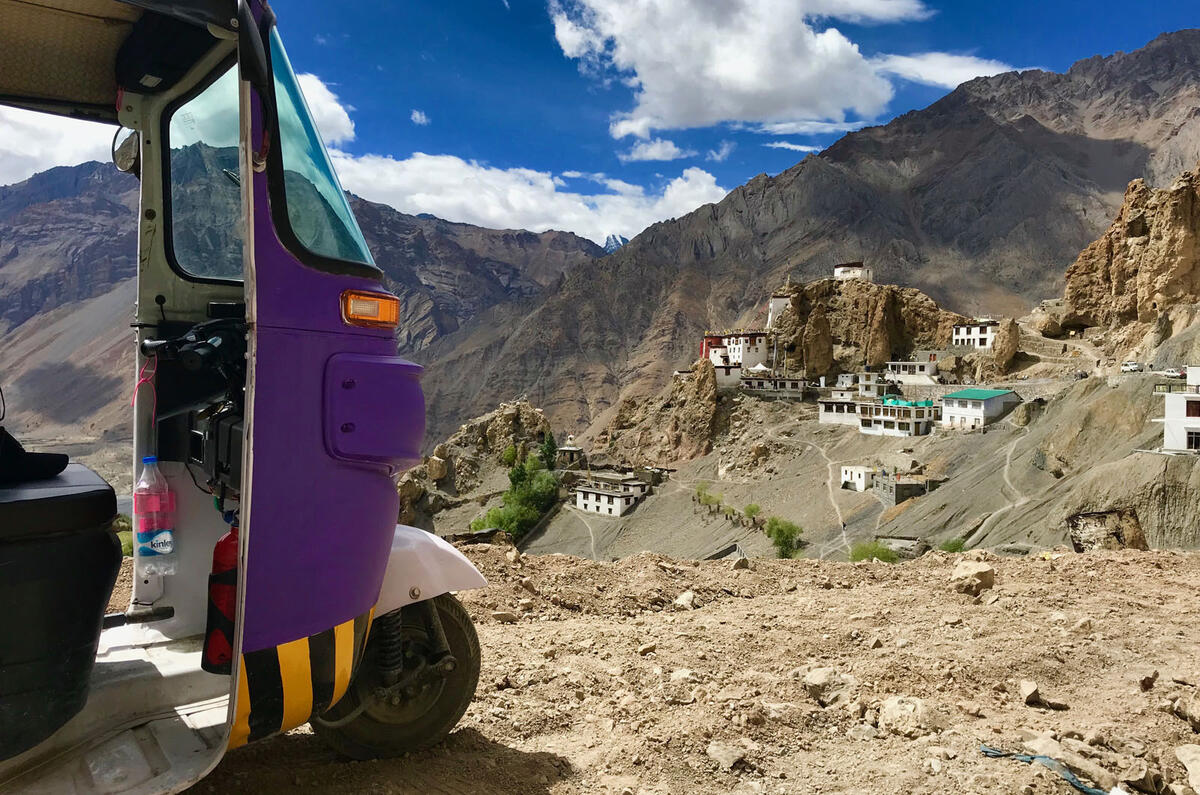




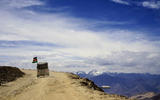









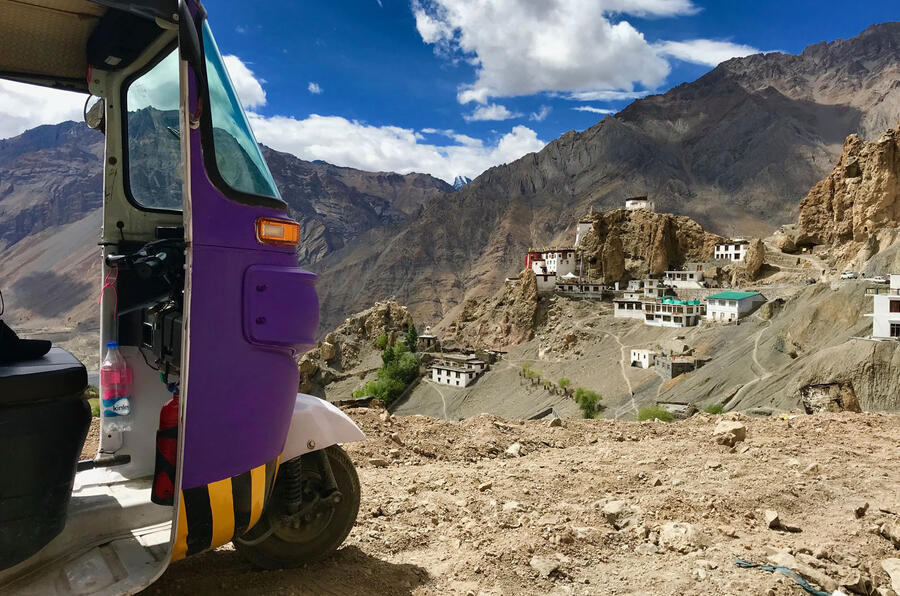

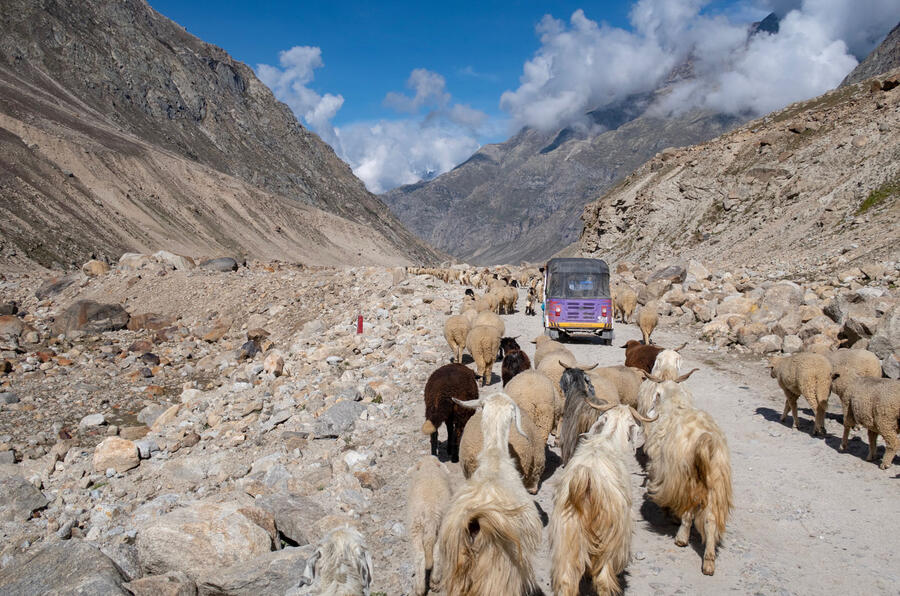
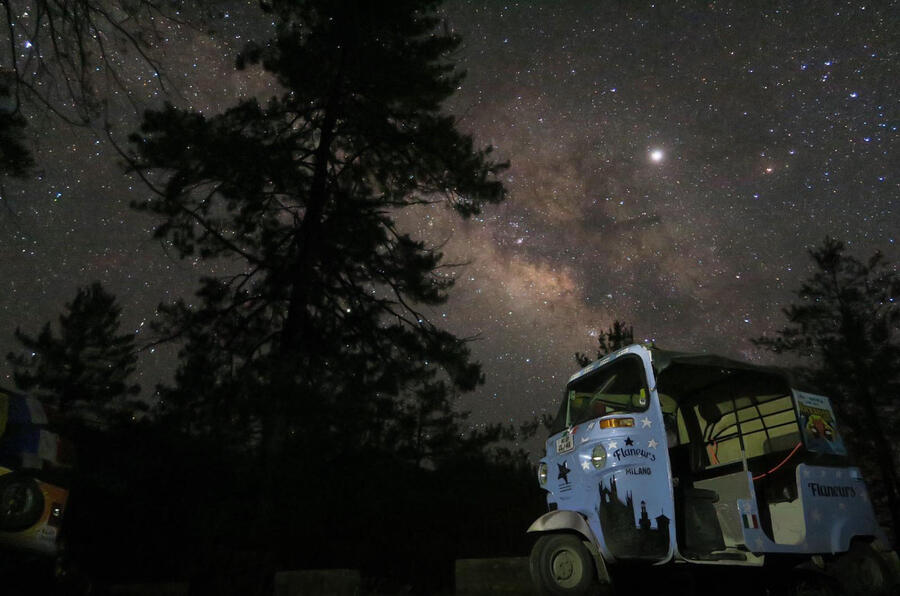


Join the debate
Add your comment
Awesome post
Thank you for sharing this amazing article.. You have given the tremendous information in it.
Rickshaw
The Rickshow must go on